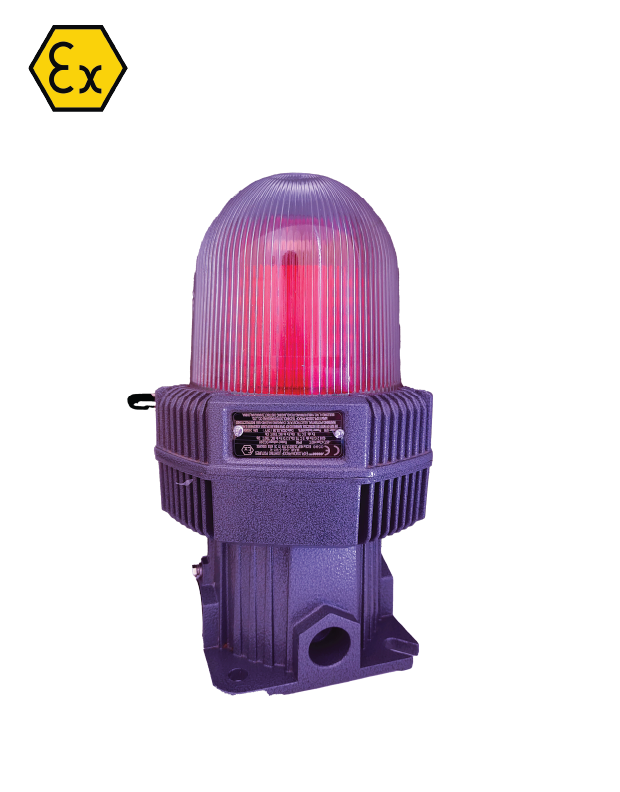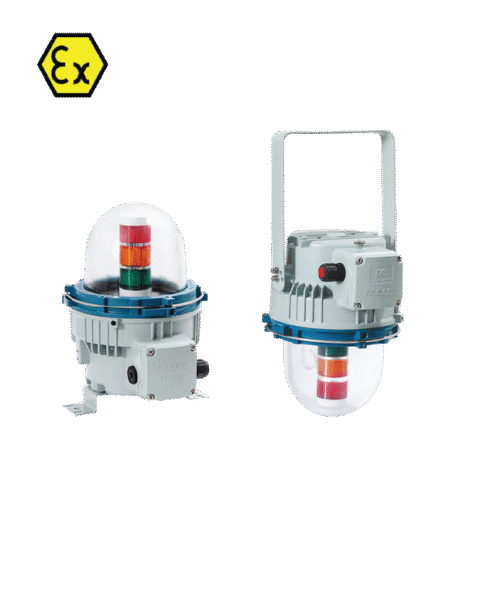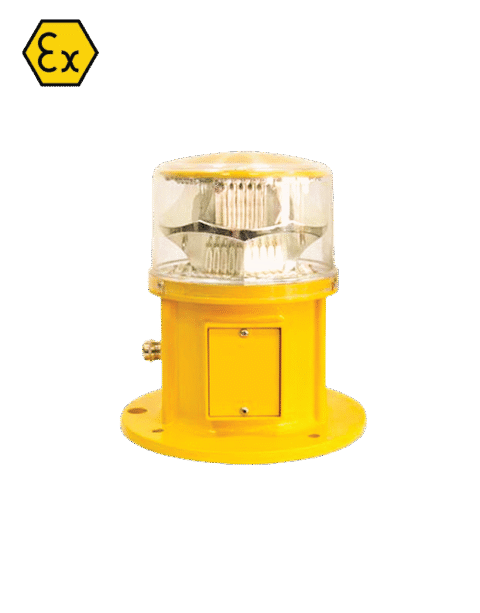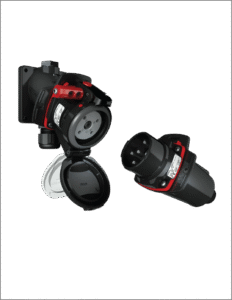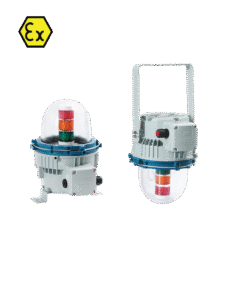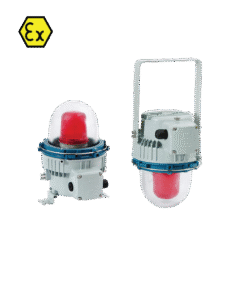Explosion proof warning lights are specialized luminaires meant for safe use in hazardous environments where flammable gases or vapors, dust, or fibers may be present. They are constructed to avoid ignition of the surrounding atmosphere, thus ensuring safety in industries like oil and gas, chemical processing, and mining, where hazardous conditions may arise.
Key Features of Explosion Proof Warning Lights:
- Robust Construction:
- Made from durable materials such as stainless steel, aluminum, or polycarbonate.
- Designed to withstand harsh conditions, including extreme temperatures, moisture, and corrosive substances.
- Sealed Enclosures:
- The light fixtures are tightly sealed to prevent any sparks or heat generated inside from igniting the external environment.
- Often rated with IP (Ingress Protection) standards, such as IP66 or IP67, indicating high resistance to dust and water.
- Certifications:
- Certified to meet international safety standards, such as ATEX (Europe), IECEx (International), UL (USA), or NEC (National Electrical Code).
- These certifications ensure the lights are tested and approved for use in specific hazardous zones.
- LED Technology:
- Most modern explosion-proof warning lights use LED bulbs due to their energy efficiency, long lifespan, and low heat output.
- LEDs are ideal for hazardous areas because they generate less heat compared to traditional incandescent or halogen bulbs.
- Hazardous Area Classifications:
- Designed for specific hazardous zones, such as:
- Zone 0/1/2: For gas, vapor, or mist (ATEX/IECEx).
- Zone 20/21/22: For combustible dust (ATEX/IECEx).
- Class I, Division 1/2: For flammable gases or vapors (NEC).
- Designed for specific hazardous zones, such as:
- Visibility:
- High-intensity output for clear visibility in low-light or smoky conditions.
- Available in various colors (e.g., red, amber, blue) to convey different warnings or signals.
- Mounting Options:
- Can be wall-mounted, ceiling-mounted, or pole-mounted, depending on the application.
Applications:
- Oil refineries and drilling rigs
- Chemical plants and storage facilities
- Mining operations
- Grain elevators and silos
- Pharmaceutical manufacturing
- Paint booths and spray areas

